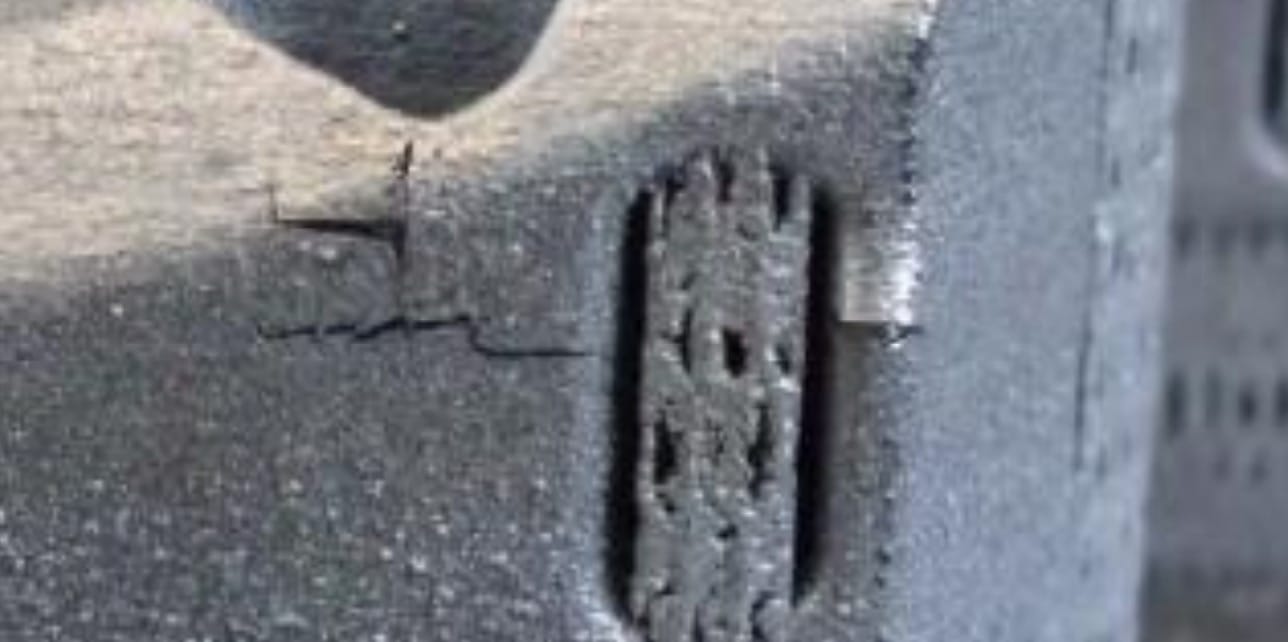
Precision in all aspects is required to ensure 3D metal prints meet specifications, but sometimes that doesn’t happen.
A recent case study by LPW, a supplier of high quality metal powder and related services, illustrates a scenario where this occurred.
The purpose of 3D metal printing is to produce very strong parts capable of withstanding wear and thermal conditions. If the the metal parts don’t meet those requirements, why print in metal at all? Just print them in plastic.
This is why 3D metal printing processes often require very stringent specifications. Professional 3D metal printing services take extreme care in every step in the production process to ensure successful parts emerge.
However, this is sometimes not the case. In LPW’s study, they related the story of how a client was having difficulty producing a gas turbine part. Apparently the 3D printed aluminum part exhibited cracking regardless of many attempts at tuning the 3D printing process.
The client believed it might have been caused by an issue with the powder, so they referred the matter to LPW for analysis.
While LPW found the powder itself was ok, they also found the fine aluminum powder was contaminated with Inconel 625 particles through EnergyDispersive
X-ray spectroscopy techniques. That’s definitely not good.

Apparently the Inconel 625 was mostly dispersed uniformly, but occasionally it would group together. When local accumulations exceeded 40%, it would form into what eventually would become a crack, as the two metals were not compatible.
The question then was, how did the Inconel 625 get into the aluminum powder? Evidently the mixup was caused by incorrect powder handling by a new employee. Inconel 625 powder residue from another application was able to contaminate the aluminum powder.
The problem was rectified and correct aluminum parts were then produced by the client.
The moral of this story is that 3D metal printing is, as we’ve written before, a very complex and precise process. To produce parts with the right properties, you must do much work.
And that’s why I am sometimes skeptical of some of the very inexpensive 3D metal printing processes proposed by some vendors recently. Would their parts be able to meet such specifications?
Via LPW (PDF)

